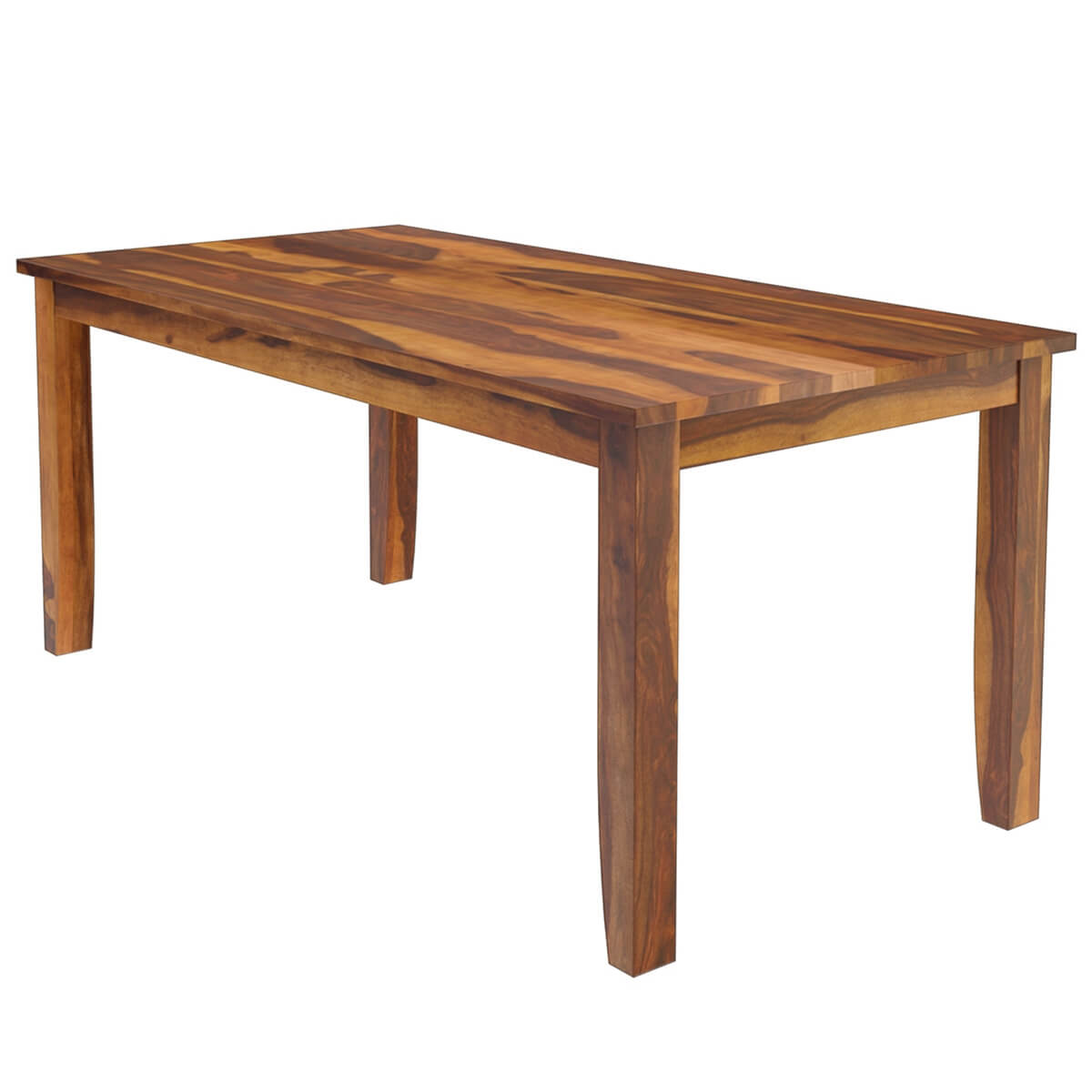Exploring the Various Sorts Of Table Legs Wood for Your Dining Area
The option of dining table legs wood can greatly impact both the aesthetic and functional qualities of your eating room. Solid timber options, such as oak and walnut, supply a timeless look with unequaled toughness, while engineered wood options offer ingenious styles that mimic the richness of natural grains.
Strong Timber Options

Unlike engineered products, solid wood is less vulnerable to warping and damages over time when correctly kept. Each item of strong wood is distinct, showcasing private features that add to the charm and personality of the dining table.
In addition, solid timber can be finished in various ways, ranging from natural oils to stained coatings, allowing home owners to individualize their furnishings to match their style. In summary, selecting strong wood for dining table legs not just ensures architectural honesty but likewise improves the visual appeal of the dining area, making it a worthwhile financial investment for any home.
Engineered Wood Alternatives

Plywood, created from several layers of wood veneer, is stable and specifically strong, making it an excellent selection for dining table legs. Its split structure allows it to hold up against modifications in humidity and temperature level better than typical solid timber. MDF, on the other hand, supplies a smooth surface for paint or veneering, enabling developers to achieve a sleek look while keeping structural stability.
When choosing crafted timber choices, it is crucial to consider the intended use and preferred visual. These products not only improve the performance of eating rooms however additionally permit for greater design versatility, making sure that modern and typical designs can exist side-by-side sympathetically.
Reclaimed Timber Features
Recovered wood provides a distinct blend of sustainability and character, making it an increasingly prominent option for dining table legs. Sourced from old barns, factories, and various other frameworks, reclaimed wood embodies a background that brand-new materials simply can not replicate. Each item lugs its very own story, marked by distinctive blemishes, knots, and differing grain patterns, which add to a table's unique aesthetic allure.
Along with its visual charm, reclaimed timber is an ecologically friendly option. By repurposing formerly utilized materials, it lowers the demand for new lumber, hence aiding to decrease and conserve woodlands waste. This aligns with an expanding consumer preference for lasting practices in home furnishings.
In addition, recovered wood is often extra long lasting than newly collected wood as a result of its age. The all-natural drying out process that redeemed wood undergoes outcomes in a denser and stronger product, making it less prone to warping and splitting. This boosts the longevity of eating tables, allowing them to stand up to the roughness of everyday usage.
Softwood vs. Hardwood
When picking dining table legs, understanding the distinctions in between softwood and wood is essential for accomplishing both useful and visual objectives. They typically exhibit a more rustic appearance, making them appropriate for country-style or laid-back eating areas.
On the various other hand, woods, sourced from deciduous trees like oak, maple, and cherry, are renowned for their density, strength, and sturdiness. The complex grain patterns and abundant colors of hardwoods offer a timeless and sophisticated appeal, making them perfect for official eating setups. While hardwoods tend to be much more costly and much heavier, their resilience versus damage usually warrants the financial investment.
Eventually, the choice between softwood and wood for eating table legs ought to align with your design vision, use requirements, and budget, ensuring that your eating room shows your individual design while staying functional over time.

Coatings and Therapies
The visual allure and durability of eating table legs can be dramatically boosted via different surfaces and treatments. These processes not just shield the timber from damages however also elevate its appearance, permitting it to enhance varied interior designs.
One usual therapy is staining, which penetrates the wood and improves its natural grain while including color. Stains provide an abundant, sophisticated appearance, making it possible for home owners to match their furnishings with existing decoration. On the other hand, clear finishes such as polyurethane or varnish helpful hints create a safety layer without changing the timber's original hue, making certain longevity versus deterioration.
Additionally, all-natural oils, like tung or linseed oil, nurture the timber and use a subtle luster, all while being green. These oils enable the surface to take a breath, avoiding dampness accumulation and prospective warping.
For those looking for a rustic appeal, weather-beaten or distressed coatings can be put on develop an aged look, including character to the piece. Ultimately, the selection of treatments and surfaces relies on personal choice, desired appearances, and the particular timber type, making it important to take into consideration these elements when choosing table legs for your area.
Final Thought
Solid woods, engineered options, and recovered choices each deal distinct benefits, catering to different preferences and needs. Eventually, the option of timber type ought to website here line up with preferred style, toughness, and ecological factors to consider, boosting the total eating experience.
The option of dining table legs wood can profoundly impact both the aesthetic and functional top qualities of your eating area - Dining Table Legs Wood. description Solid wood alternatives, such as oak and walnut, provide a timeless appearance with unmatched durability, while engineered timber options provide innovative designs that resemble the splendor of all-natural grains. Solid timber supplies an ageless high quality that can elevate the total style of a dining room. Each item of solid timber is special, showcasing private qualities that include to the charm and character of the eating table
Moreover, recovered wood is usually extra long lasting than newly collected wood due to its age.